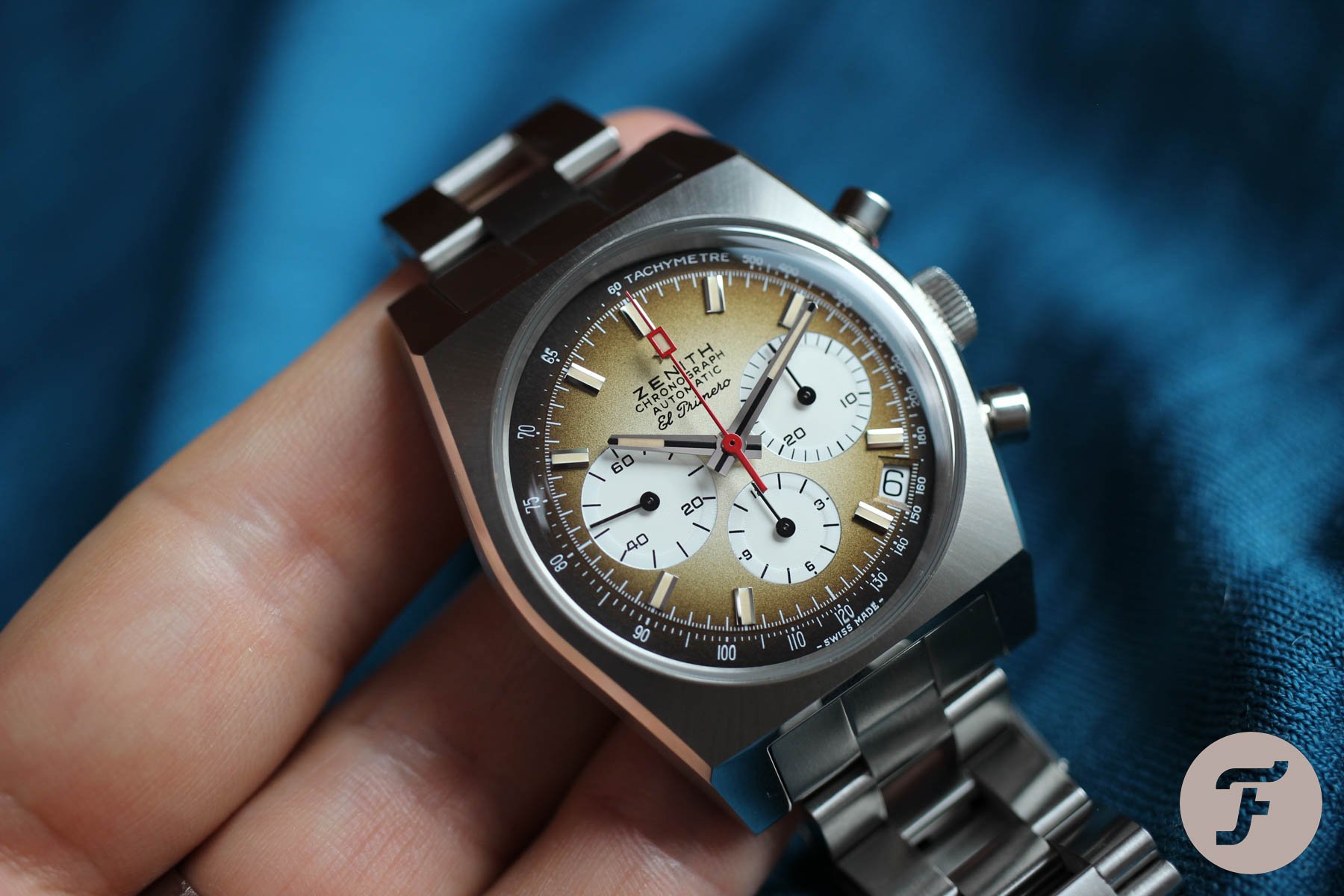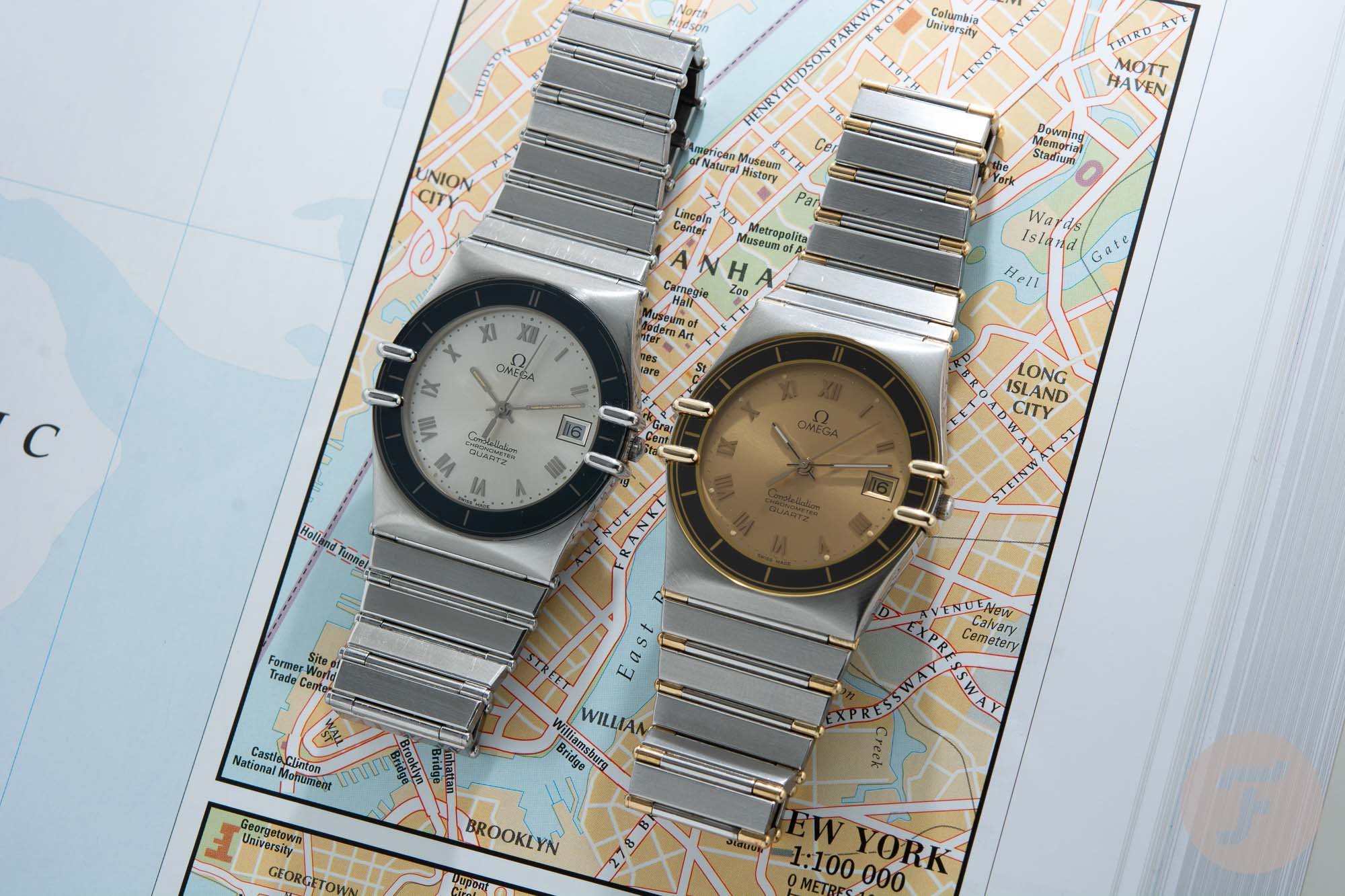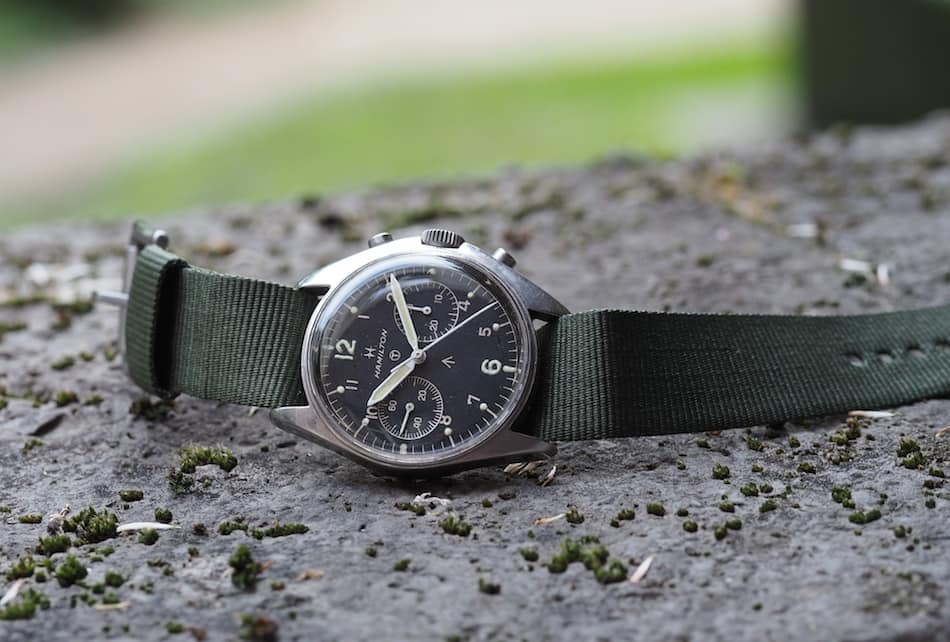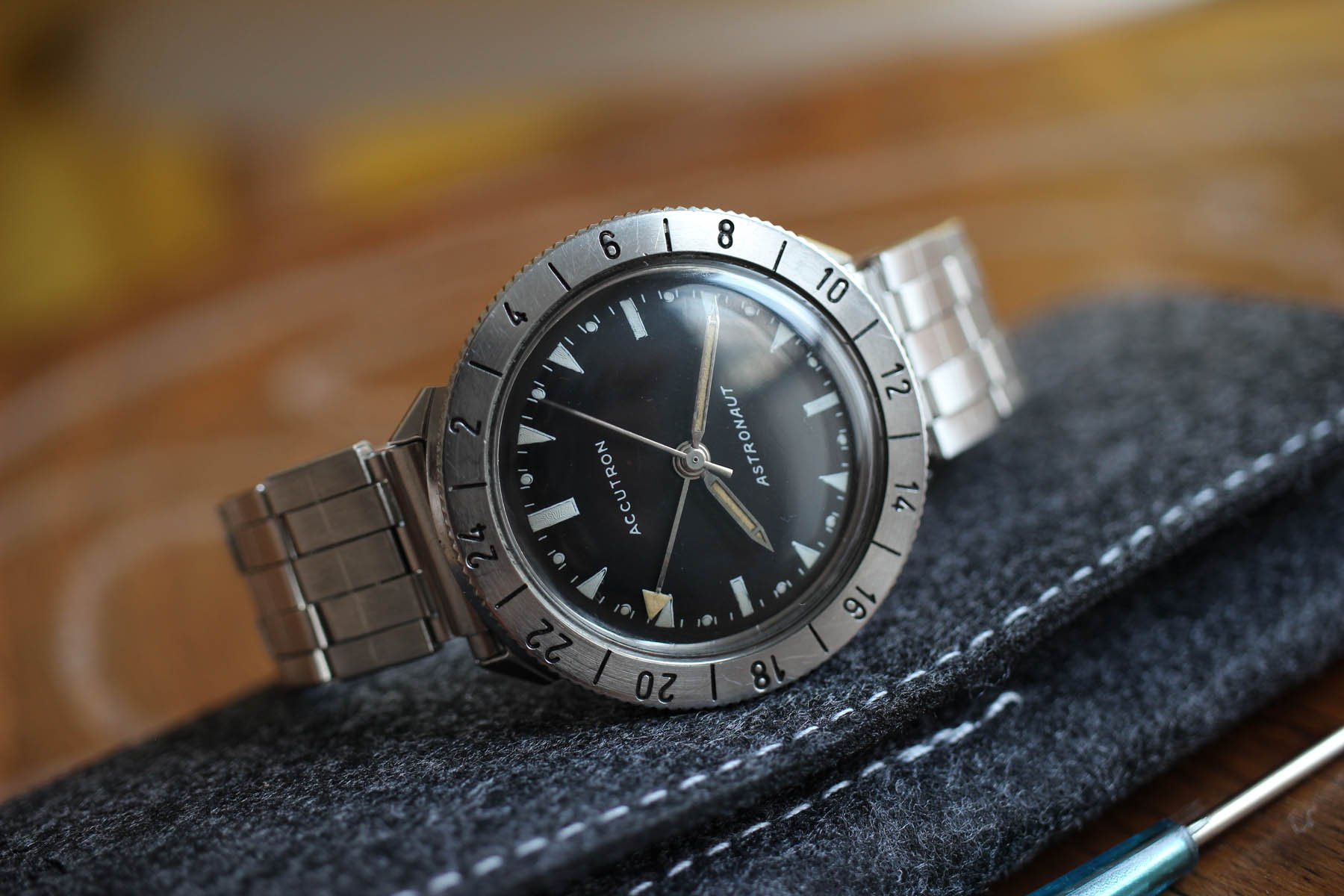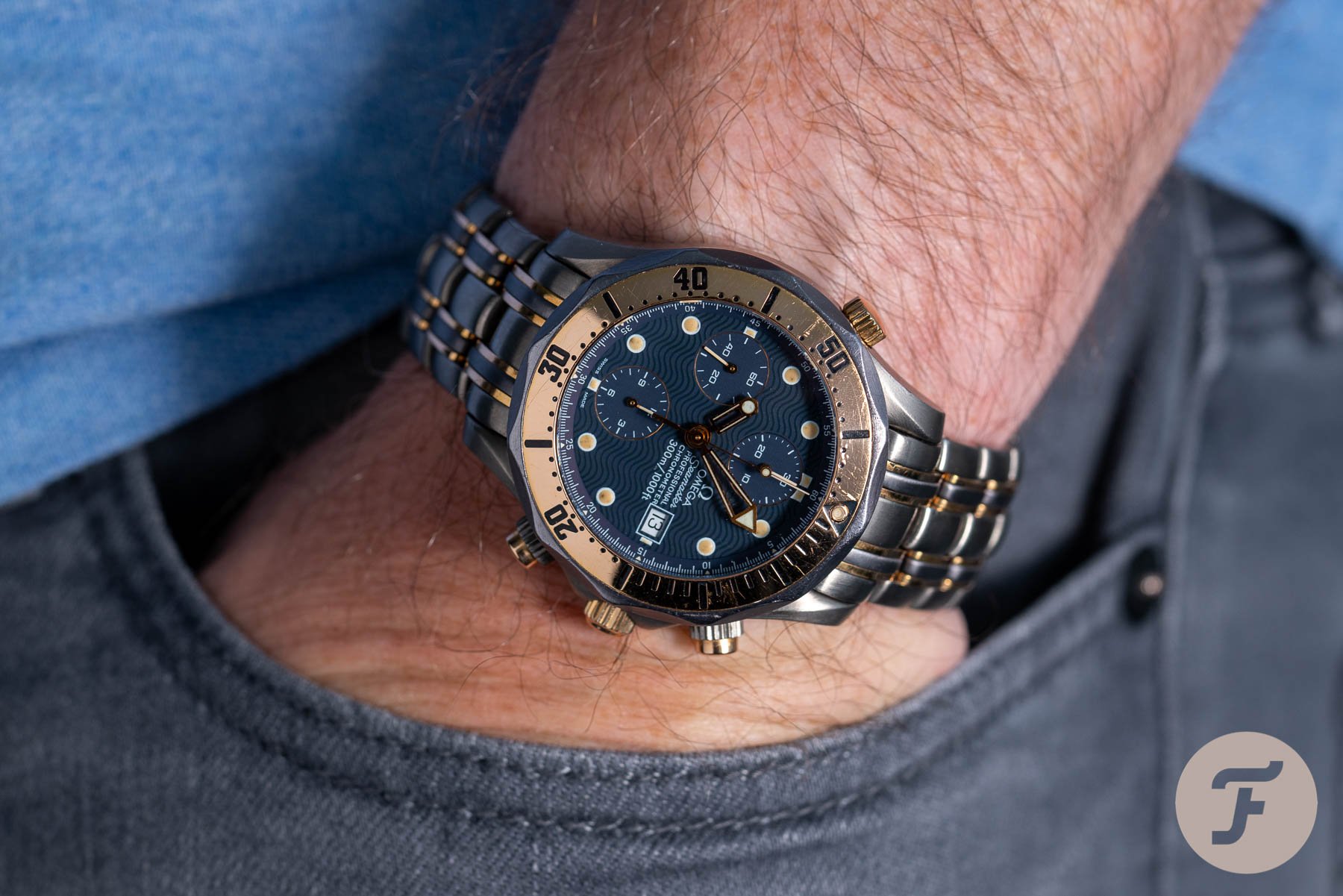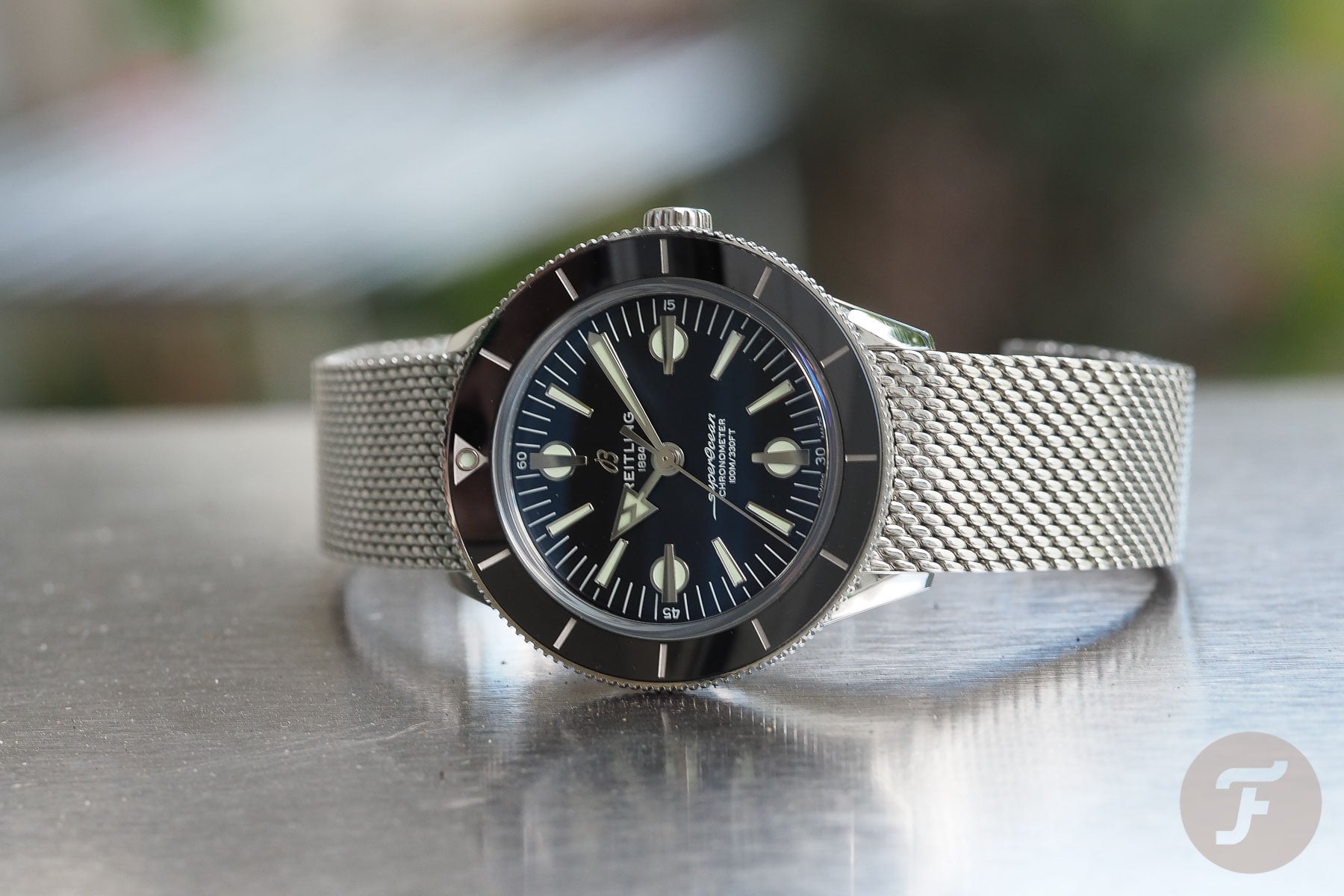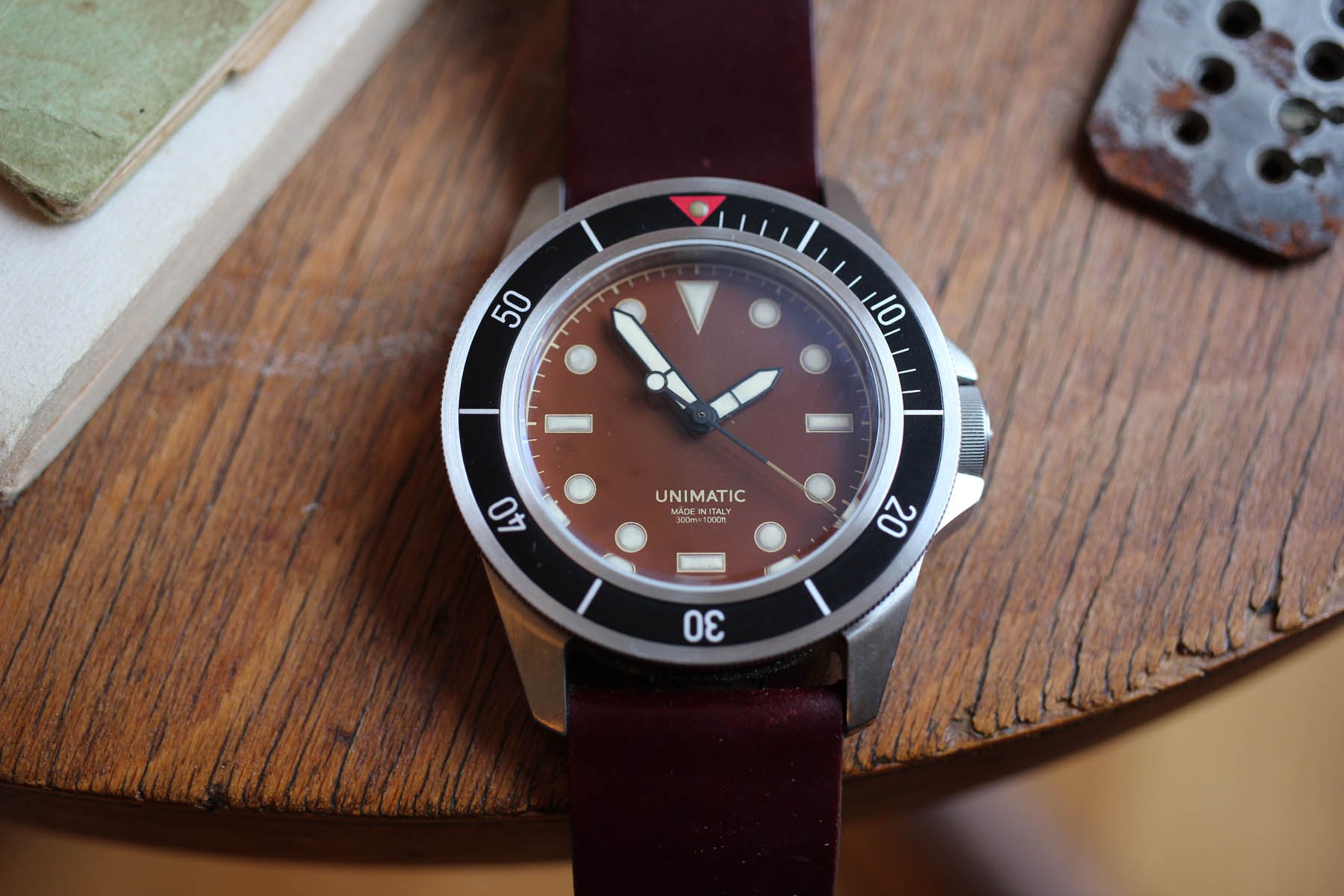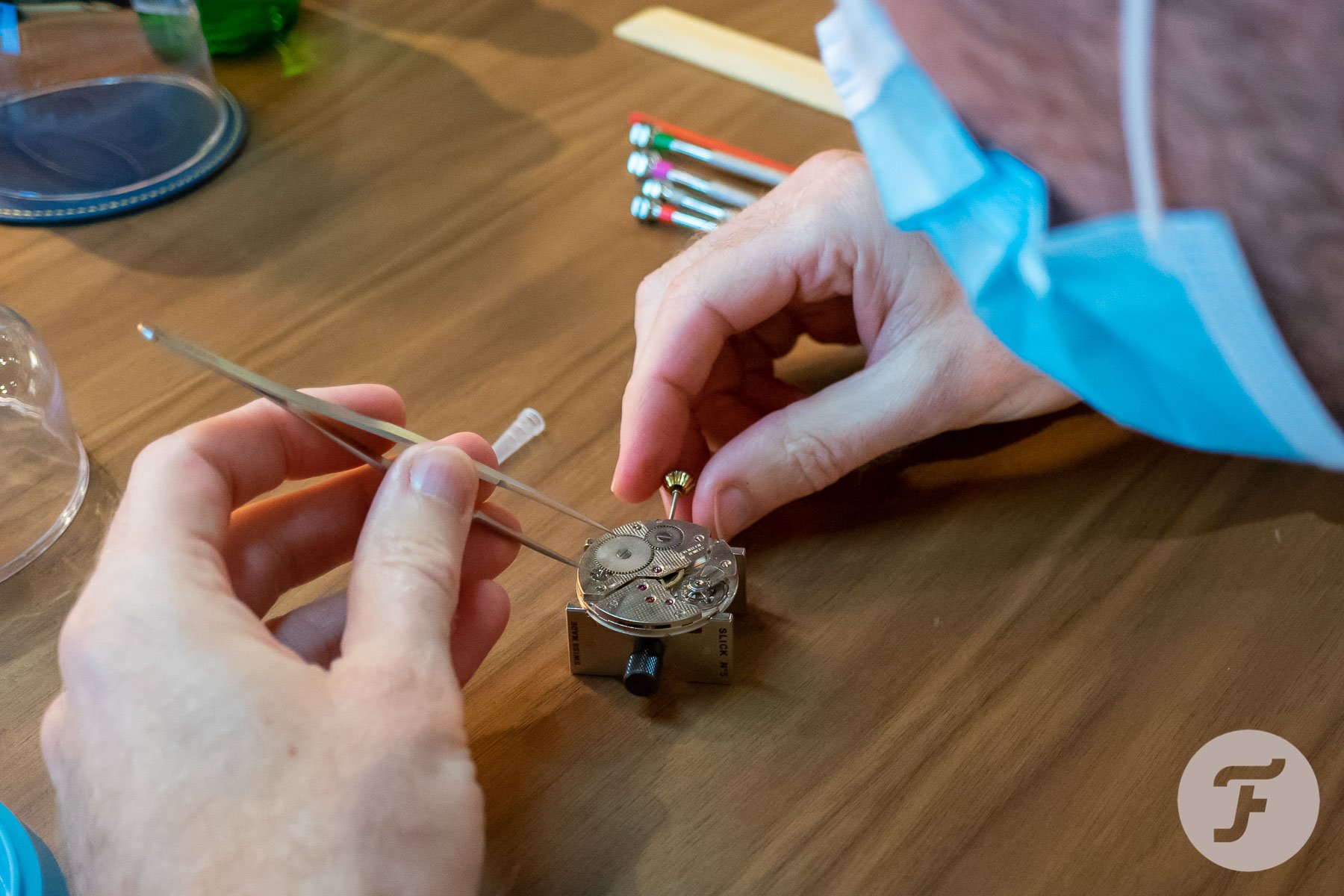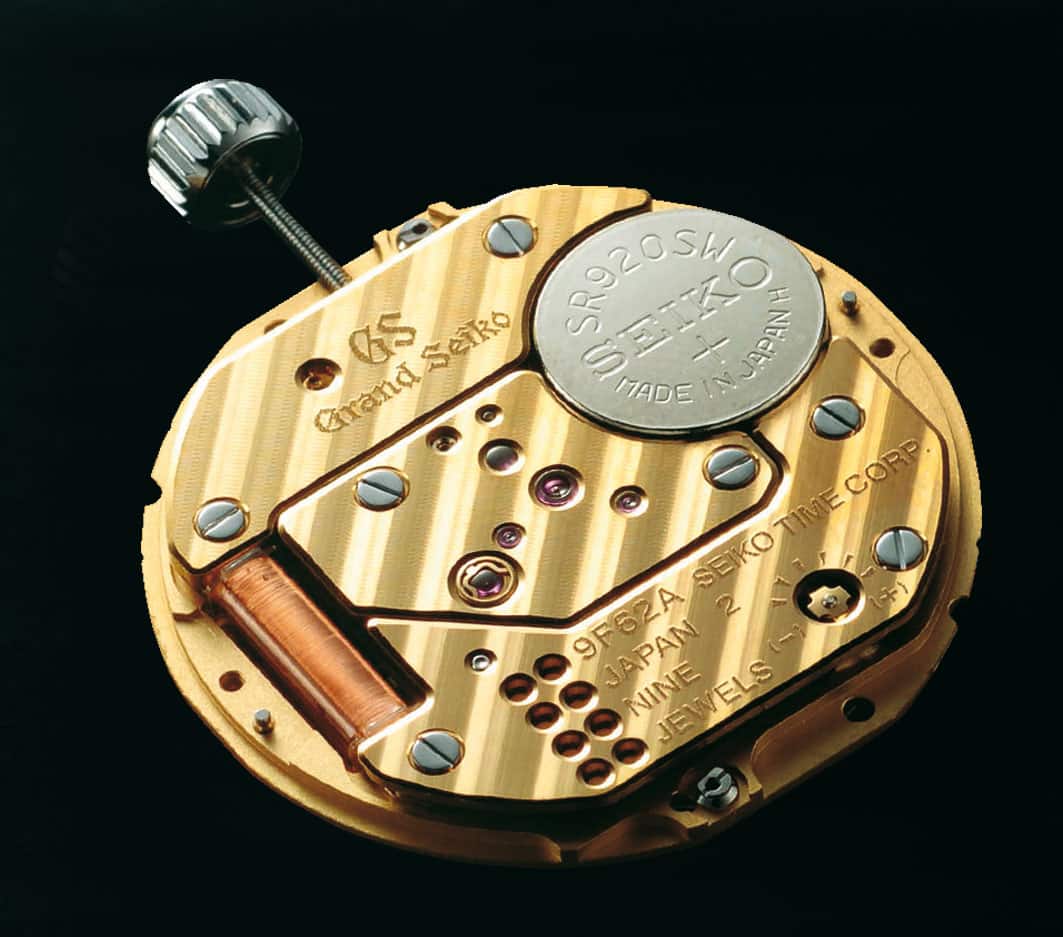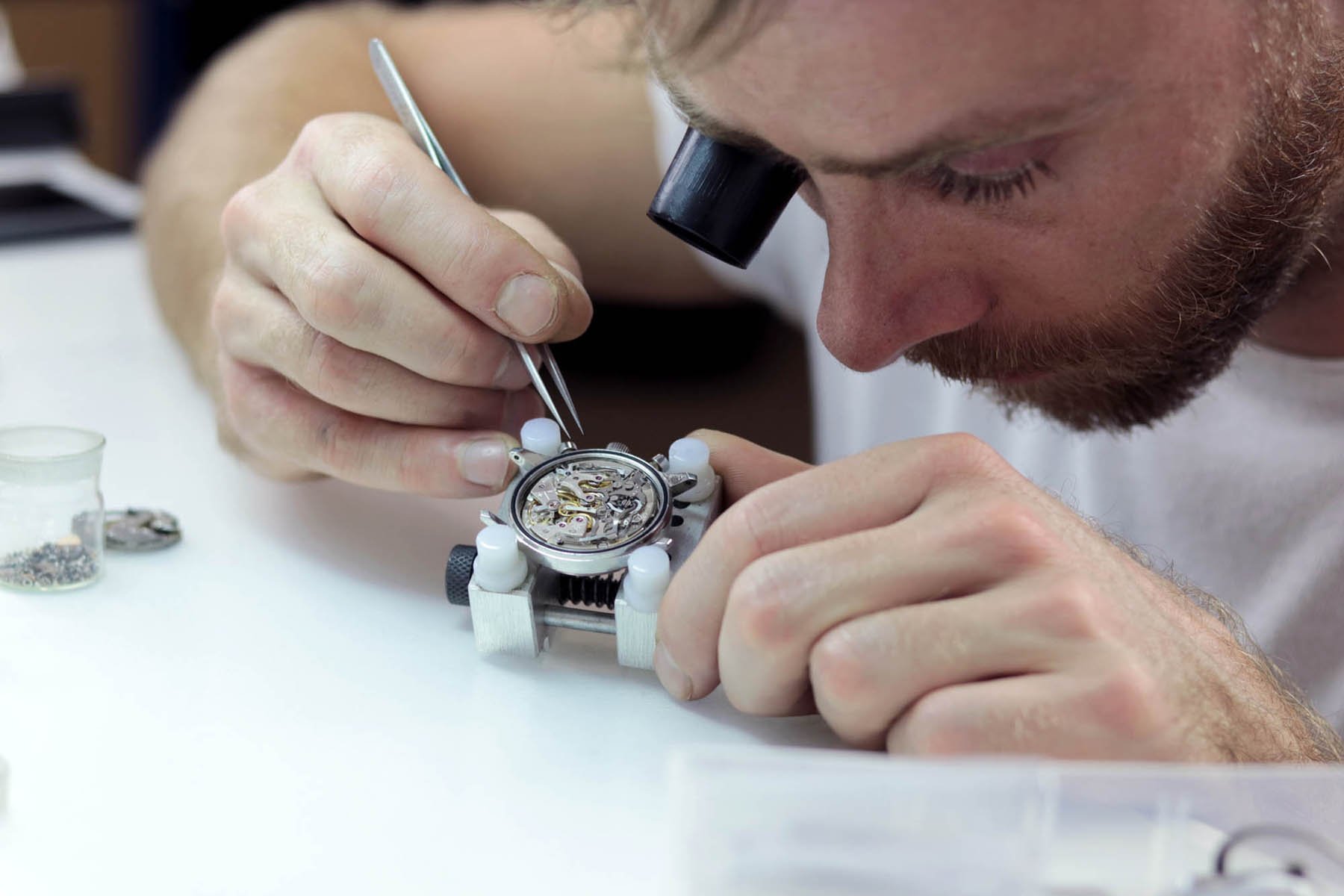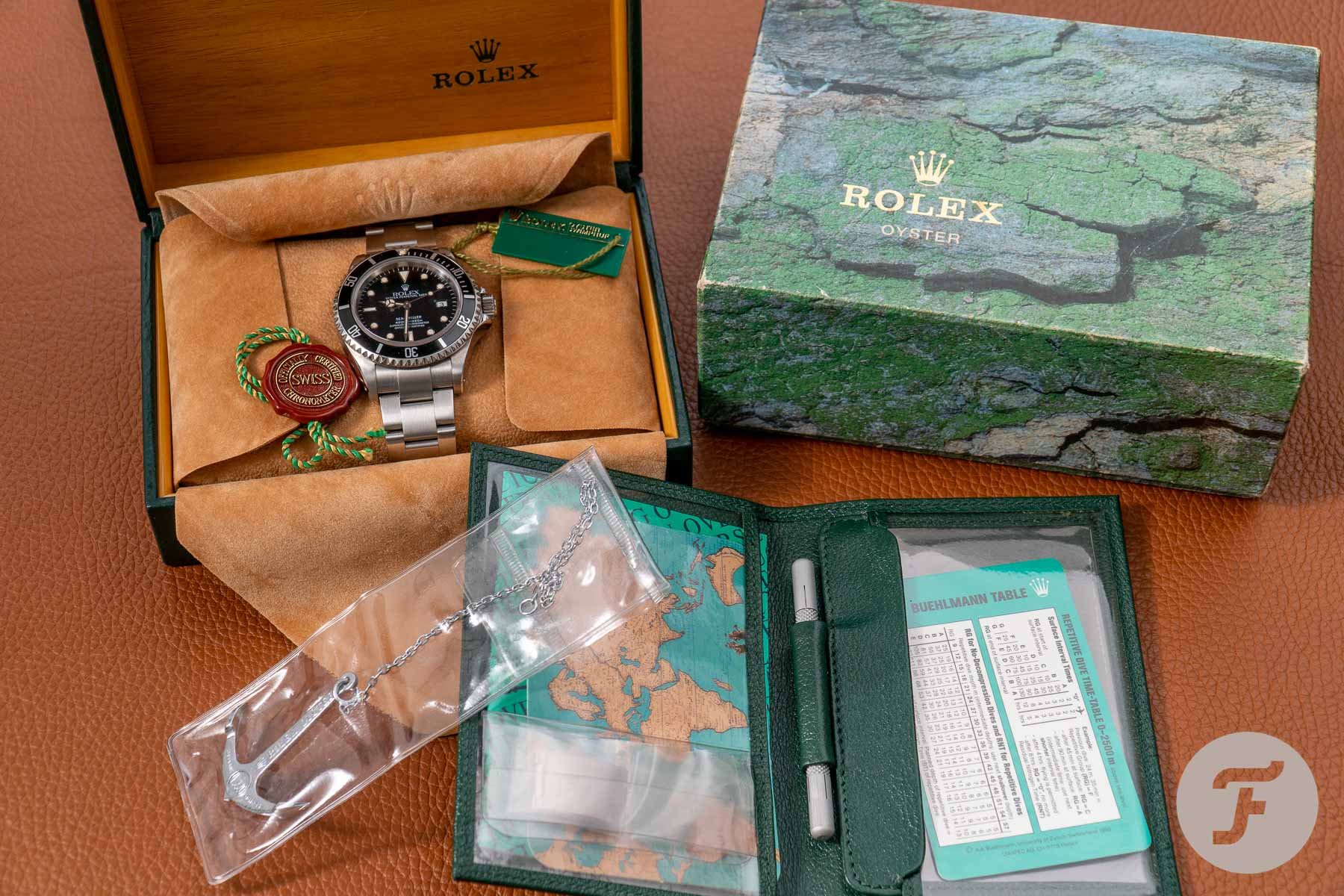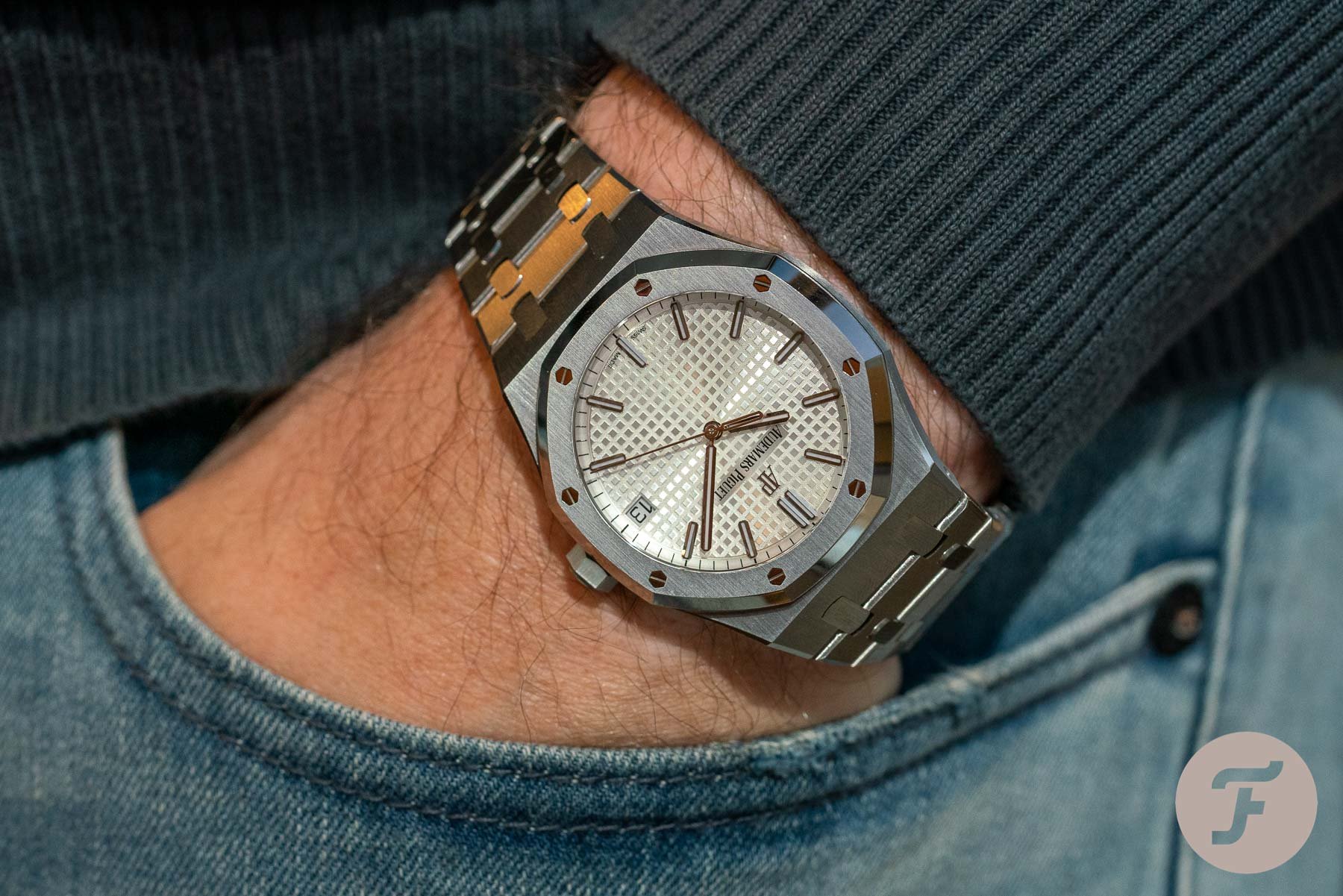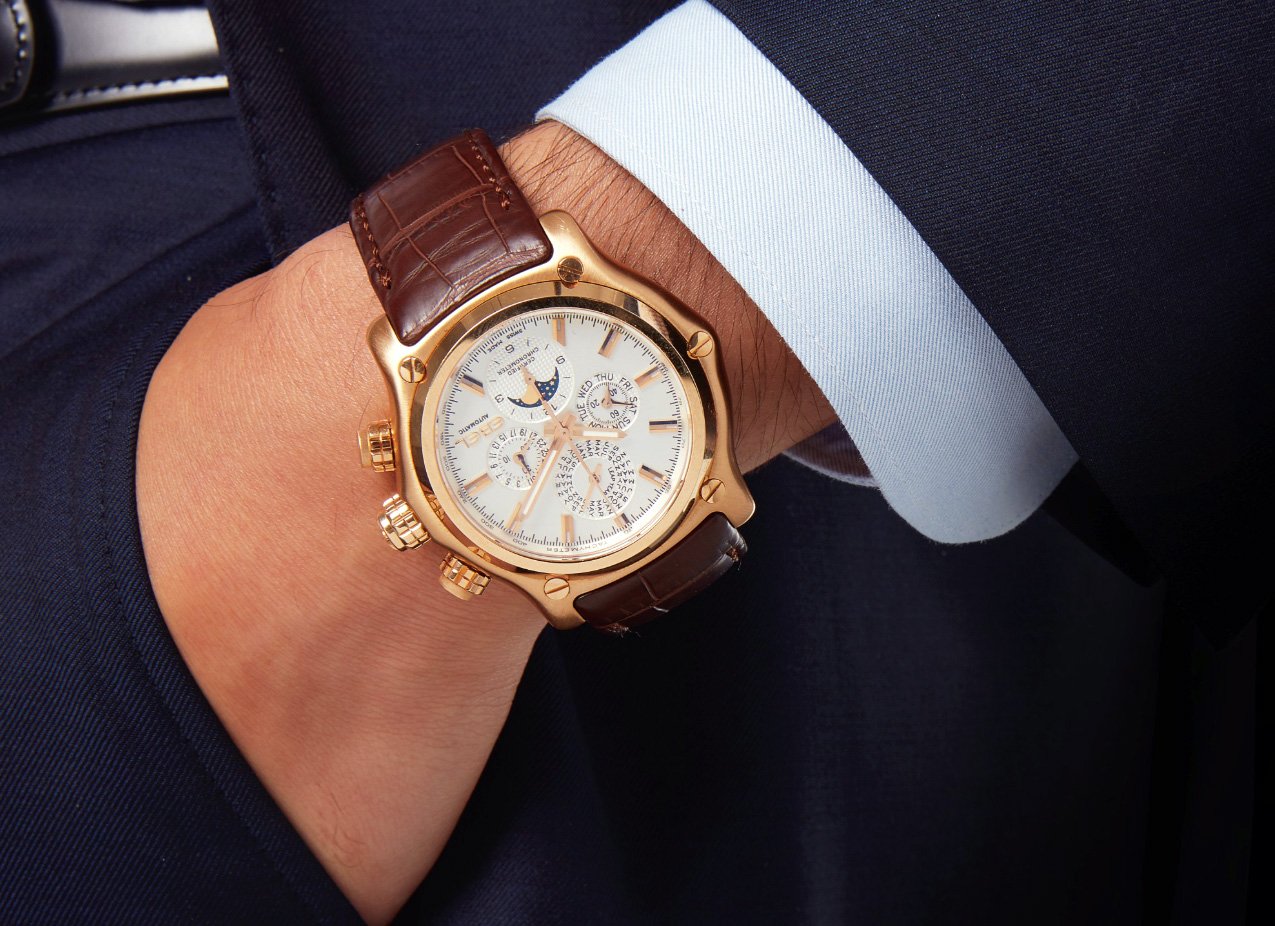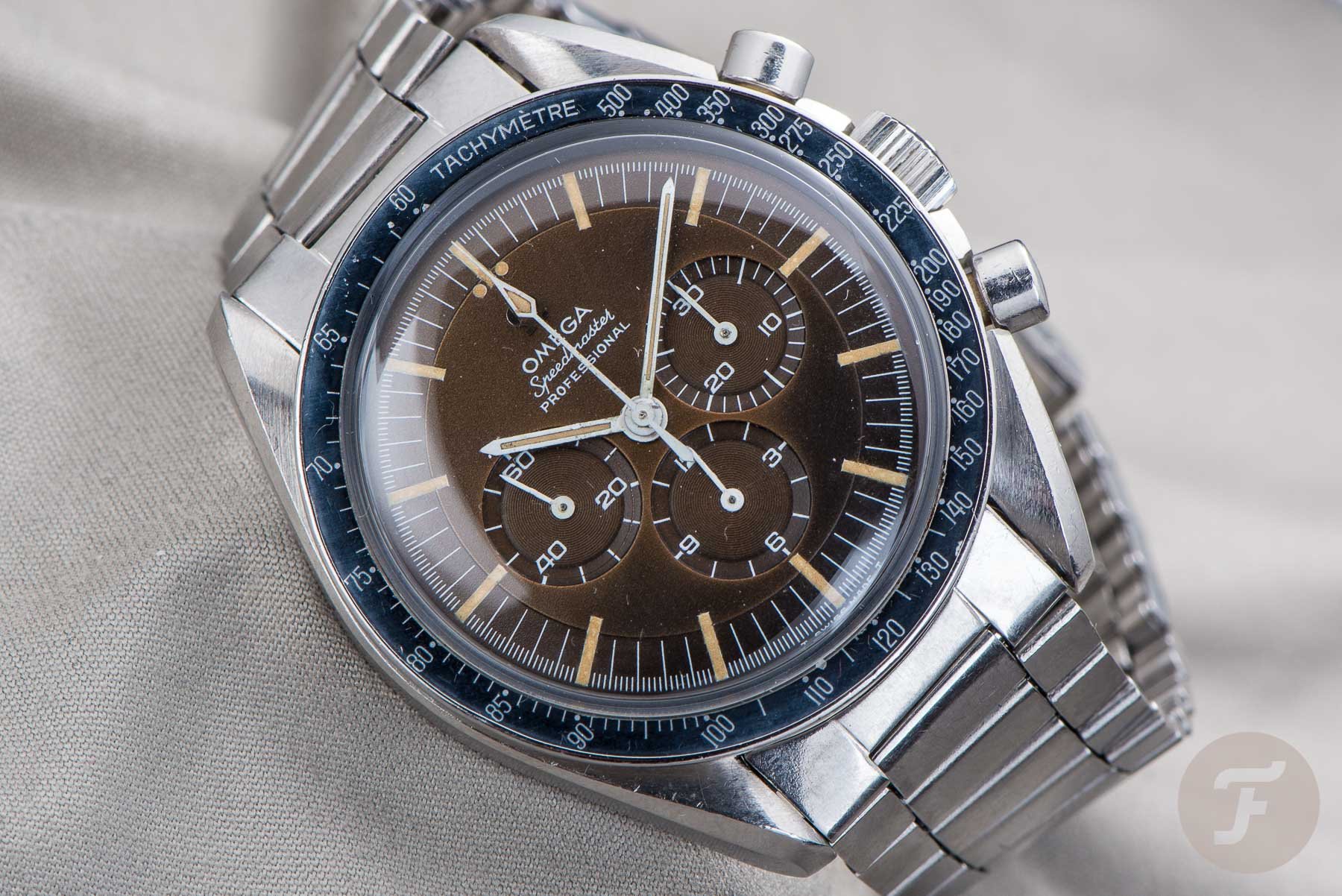RJ’s Top 10 Tips For Beginner Watch Collectors
The world of collecting watches has changed drastically in the last 10 years or so. While the Nautilus and Royal Oak were considered ugly and over-expensive nonsense watches in the 2000s, they are now the most coveted (and over-expensive) watches today. Only seasoned collectors were after a Nautilus or Royal Oak, now they seem to be the watches every starting collector is aiming for. But is that the way to get into this hobby? Read on to find out…
These models are the typical grail watches of today, but that doesn’t make them the obvious choices for beginners. In this article, I’m offering you 10 tips based on my own experience as a watch collector for just over two decades. I made plenty of mistakes as a rookie, and once in a while I still find myself falling into a trap or two. Some tips might not make sense to you today, but at least give them a thought (they might find their necessary context in the years to come). Also, what works for me might not work for you — just pick what you find useful.
10 Tips for beginners
Everyone has their own reason to become a watch collector. I simply got into it because I received a nice watch from my mom when I graduated in 1998. And after I bought my first Speedmaster in 1999, I was hooked. From there, I have bought, sold, and traded many watches. Including some long-time grails like the Royal Oak. It wasn’t until 5–6 years ago that I became very zen with my collection. I still collect, but at a much slower pace and less driven by impulses.
Collecting still gives me the same level of enjoyment as it did 20 years ago, that’s for sure! I have a slightly healthier budget, but, as you can imagine, the prices of watches also slightly changed. The days of purchasing a Speedmaster Professional for €1,000 or a Rolex GMT-Master 1675 for €2,000 when I just started out are long over. An interesting difference with today is, that in those days watches weren’t purchased as investments. That alone has been a major game-changer and heavily affected the prices of the usual suspects.
1. Don’t see collecting as an investment
To kick off with the investment part. When you’re buying — some call it collecting — watches for investment purposes only, the fun is very limited. It is what I like about collectors like our own Tomas for example, who does the weekly #tbt write-ups. The fun can be in quirky designs, useless innovations, or an interesting movement. The only investment that works for me when it comes to collecting watches, is an investment in joy. I have been to too many watch collector GTGs (Get-Togethers) where the main topic was the value of the watch. Or what it could have been, if the hands were still tritium, or when there’s a mistake on the dial, bezel, bracelet clasp, etc.
To each his or her own, but the fun for me is in being surprised. For me personally, it is often about design. I am a 1980s kid, so that explains my interest in Ebel’s El Primero chronographs, Constellation Manhattans, two-tone designs, etc. Invest in having fun, an escape from your boring work, or anything that brings a smile to your face when you’re glancing at your wrist.
2. A theme
This brings me to the following. What makes you tick? Is it a certain brand, or do you like a certain style of watches? Some people collect only chronographs, other watch collectors are after vintage divers or military watches. Although not necessary, it does help when you have a bit of a theme going on.
Your theme could, for example, also be 1980s watches, either generic watches from that era, or a specific watch model/type like G Shocks, or Swatches. There are a lot of mono-brand collectors out there, and although you can expect some criticism (see also tip #9), I don’t feel there’s anything wrong with that. A theme helps you to prevent from going all over the place, unless that’s what you want, of course. And often, there are also some really amazing publications on specific themes for the watch collector. Military watches, chronographs, quartz watches (indeed!), or just about one brand.
Within a theme, you can go either really deep or just collect specific “highlights” or icons. When I had just started collecting, I met with someone who only collected Accutron watches. You know, the humming tuning-fork movements from Bulova? I’m not sure if he still does, but he just loved the sound and concept of that movement. Luckily for him, Bulova made many different variations, the Space View probably being the best-known model. This movement could also be found in other watches, like Omega’s f300hz models. So there was still a bit of wiggle room within the theme.
3. Will you still like it in 10 years from now?
When I just started collecting watches, I bought many different things. There was no theme, just a lot of different watches from all sorts of brands. One of the first rules I applied, was that I don’t buy watches just for the sake of having them on the shelf. I couldn’t afford to not wear my watches, basically. So whatever I added to the collection, had to be worn. There were no safe- or shelf-queens in my house (and I still go by that rule). One of the rules I like to apply here is: will I still like that watch 10 years from now? Is it timeless enough for me? Look at some of the watches that were introduced in the past, would you still be wearing them if you bought them new back in the day?
The “10-year” period needs to be taken with a grain of salt, of course, but you get the point. Is the watch you’re after something you will actually wear, or at least give a proper amount of time on the wrist? Many of my searches and monitoring activities on sites like eBay result in not pushing that Buy Now or Make an offer button when I come to think of this rule. My box labeled “Watches I never wear” shouldn’t see any further development. This rule helps to keep your collection clean.
4. Buy a brand
This sounds a bit awkward perhaps, “buy a brand”, but if you could see what lands in our mailboxes on a daily basis you’d be surprised. A lot of Kickstarter projects look nice — some vintage-inspired and others are state-of-the-art. What most of these have in common, is that they are projects. They are often projects from watch enthusiasts, but you will also discover some initiatives there that have just one goal: making as much money as possible. Even that doesn’t have to be a problem, as long as you like the watch the brand presents.
However, my own rule of thumb is that I only purchase a watch from a brand. That doesn’t necessarily have to be a Swiss watch brand that has a history of at least two centuries, but can also be a brand that was founded three years ago. What lies behind this thought, is that those brands are properly equipped with an after-sales service department for service and repairs, and take care of spare parts.
When I purchase a watch, I want to have some kind of safeguarding when it comes to repair and service. And not only when it comes to movements, as that’s often not the issue with it concerns Kickstarter brands. Parts for ETA, Sellita, Miyota, etc, shouldn’t really be hard to source. But case parts, crown, bezel, hands, etc, might become a concern if there’s no proper after-sales service process in place.
The same applies to vintage watches, of course. However, the difference is that for a lot of watches, you will find that brands have spare parts still available. Otherwise, there’s always eBay or specific independent watchmakers who have a stock of spare parts for vintage watches.
5. Mechanical vs. quartz
When I just started out as a watch collector, I was solely focused on mechanical watches. “Quartz watches don’t have a soul” was an often-heard phrase. After buying a Rolex Oysterquartz Datejust, I realized that not every quartz movement is equal. Seeing the Grand Seiko 9F quartz movement, for example, shows that some quartz movements are actually quite complicated and can have nice decoration.
I am not an advocate for quartz watches when there’s also a mechanical version of that same watch, but I am also not against quartz. It took a while though, to get there. A quartz watch can be really interesting, for design or historical reasons, for example. I wouldn’t mind owning a 1970s Megaquartz 32Khz, still the most accurate wristwatch movement today. Or another OysterQuartz model, for example. Just don’t “automatically” say no to quartz.
6. Find yourself a watchmaker
One of the very first things you should do when you’ve become a watch collector is finding yourself a proper watchmaker. Although brands rarely deliver spare parts to watchmakers who aren’t officially part of their service network, most watchmakers seem to have their sources. Find a watchmaker you can trust, who also dares to say “no” because they can’t get the spare parts or do not have the experience, rather than having one who says they can work on any watch. Oftentimes, they can direct you to someone in their own network who can help you.
If you look at big brands, like Longines, Audemars Piguet, Omega, Breguet, etc. they often have a specific watchmaking department for vintage watches. I found it interesting to see that Longines has a special workshop for vintage pieces, and carries tons of original spare parts for them. Just always make sure that you can make clear what you don’t want to have done to your watch.
7. Fuhgeddaboudit: box & papers
In the ideal world, all vintage and pre-owned watches would still come with their original paperwork and box. Oh, and of course the tags. But in reality, it becomes more difficult to find vintage watches with all the original accessories. And, if you do find one, it isn’t always that clear whether these are all part of the original package. Some accessories could have been sourced later on. When you have the chance, always go for the complete set. However, to me, this paragraph could also have been called “Condition, condition, condition”.
I rather purchase a watch that is in both technical and aesthetically top-notch condition, than go for a complete set in which the watch is of average or poor condition. In the end, the watch is what you will wear/cherish, not the box and papers. I know it might sound a bit contradictory to what is being said on many other websites or social media channels, but I’d rather go for a watch in amazing condition without anything extra, than for a full set of a watch in so-so condition.
8. Buy safe
This sounds easier than it actually is, especially when it comes to vintage and pre-owned watches. You want to be absolutely certain a watch is 100% authentic and correct. Although eBay has an Authenticity Guarantee for watches in place, Chrono24 offers Buyer’s Protection, and companies like Relleb offer you help in authenticating watches, it is best to still do your (own) homework. It should be part of the fun and the buying experience. Buying from a reliable source certainly does help, people like the Davidoff Brothers and Amsterdam Vintage Watches know their stuff, for example, but if you’re into watches that are a bit more exotic (or at least less common, like an Ernest Borel Flash Watch for example), you need to rely on other sources. Take your time, and never find yourself in a situation where you’re under pressure to part with your money for a watch you’re unsure about.
9. Ignore social media
If Instagram were our guide to becoming a watch collector, everyone would want a Patek Philippe Nautilus, or Audemars Piguet Royal Oak. Oh, wait. You could say the same thing for an Omega Speedmaster or a Rolex Submariner, of course. I always like to go back to those first years where I started to collect watches. There was no social media, just one or two watch forums that were on the rise. I got my information from brochures that I picked up at watch shops and the print magazines from Germany. Those didn’t tell you what was cool or not (they still don’t), but gave you rather dry facts about these watches and whether they were value-for-money purchases.
Mechanical watches, or luxury watches, weren’t much of a thing back then. On the one hand, you saw more diversity when you meet up with other watch collectors. Some collected Ebel El Primeros, others vintage Seamasters and Rolex bubble backs were a thing back then. On the other hand, I have to admit that social media also increased the fun level. Looking at other people’s watches, discussing them with people on the other side of the world. It is fun. However, I am convinced the most fun purchases are done by not listening to what others think is cool. When you are sincerely into a Speedmaster, Submariner, Nautilus, or whatever icon, that’s totally awesome. But don’t overlook some of the gems that are still to be discovered.
10. Spend your budget wisely
This might sound like the dumbest advice ever. But hear me out. As I wrote above, the condition of a watch is everything. If you have €10,000 to spend on a Speedmaster 105.003, you might be able to find one that looks like it has been on the railroad track for a few weeks. This amount, however, also allows you to find a stunning-looking 145.012, for example. Buying the watch of your dreams in a poor condition will not bring you much joy, I am convinced. Go for the best that your budget allows, even if that’s a slightly different version or reference.
These are my 10 tips for the beginning watch collector. If you have more tips to add, please do so in the comment field below, it is much appreciated!

